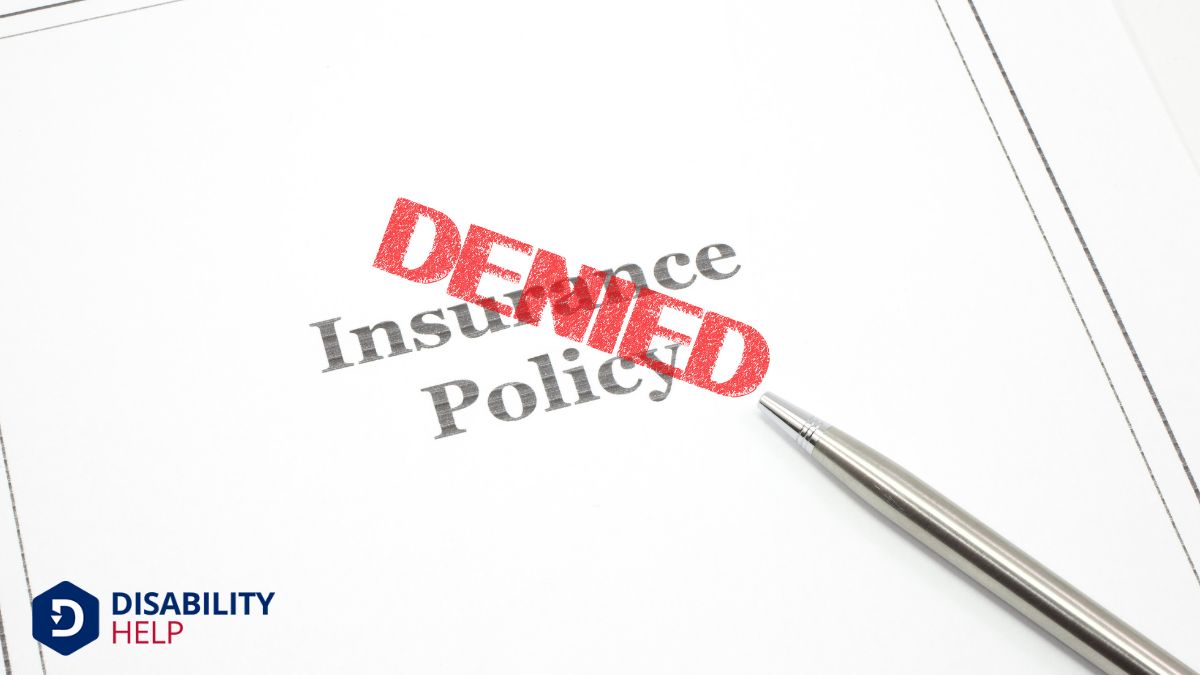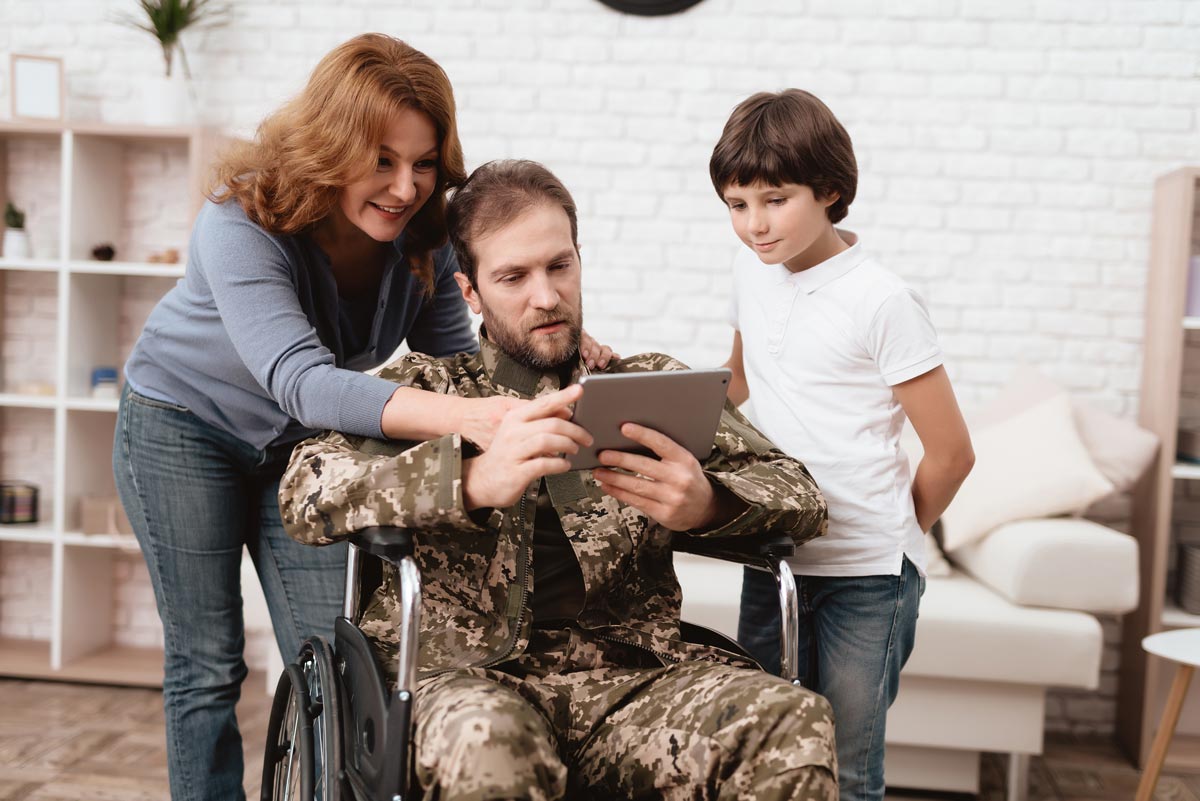When considering whether insurance will cover a stairliftA motorized chair that travels along a rail attached to a staircase, enabling individuals with mobil..., we need to navigate a maze of policies and criteria. Coverage can vary widely based on your insurance type—Medicare, MedicaidA U.S. government program that provides health coverage to eligible low-income individuals, includin..., private insurance, or veterans' benefits, each has its own rules. We'll explore the specifics and help you understand what to look for. Are stairlifts eligible for coverage, and what steps can we take to guarantee approval? Let's uncover the details together.
Key Takeaways
- Private health insuranceA system for paying for medical services, often covering preventive, diagnostic, and treatment costs... may cover stairlifts if deemed medically necessary; check plan details.
- Veterans' benefits might subsidize stairlifts for eligible individuals with service-connected disabilities.
- MedicareA U.S. federal health insurance program for people aged 65 and older, and for some younger people wi... Advantage plans may include stairlift benefits; traditional Medicare usually does not cover them.
- Medicaid coverage for stairlifts varies by state; medical necessity is crucial for approval.
- Long-term care insurance can support stairlift funding through home modifications.
Understanding Insurance Types for Stairlift Coverage

When it comes to understanding insurance types for stairlift coverage, it’s important to know the different options available.
We need to evaluate private health insurance, long-term care insurance, and veterans' benefits. Each offers distinct coverage possibilities.
Private health insurance may partially cover stairlifts if deemed medically necessary, but policies vary widely. It’s vital to review our plan specifics.
Long-term care insurance can sometimes provide more extensive support for home modifications, including stairlifts. We should verify this with our provider.
Additionally, veterans might have access to benefits through the Department of Veterans Affairs, which can cover or subsidize stairlifts for eligible individuals.
Medicare and Stairlift Coverage: What You Need to Know
Maneuvering through Medicare's coverage for stairlifts can feel intimidating, but understanding the basics can make the process smoother.
Medicare generally doesn't cover stairlifts because they're considered home modifications, not medical equipment. However, there are specific situations where Medicare might indirectly help. For instance, if a patient qualifies for a Medicare Advantage plan, it's worth checking if their plan includes benefits for home modifications, as some do offer this.
We should also consider discussing our needs with a Medicare representative. They'll provide insight into any potential coverage options or local programs that might assist.
Though traditional Medicare won't cover stairlifts, being well-informed about our plan's specifics and exploring additional resources can help us find alternative funding options.
Medicaid’s Role in Funding Stairlifts
Although maneuvering through Medicaid's complexities can be intimidating, understanding its potential to fund stairlifts is vital for those in need.
Let's break it down together. Medicaid may cover stairlifts, but several factors influence eligibility and coverage:
- State Variations: Medicaid is state-administered, so coverage for stairlifts varies by state. It's important to check specific state policies.
- Medical Necessity: Stairlifts might be covered if they’re deemed medically necessary. We should consult healthcare providers for documentation.
- WaiverA legal provision that allows states to forego certain requirements of federal law, often used in th... Programs: Some states offer Home and Community-Based ServicesPrograms that provide support to individuals with disabilities in their own communities, rather than... (HCBS) waivers that might include stairlift coverage.
- Financial Eligibility: Medicaid requires meeting income and asset thresholds. We need to guarantee compliance with these requirements.
Private Health Insurance Policies and Stairlift Coverage
When we consider private health insurance policies, it’s essential to understand the criteria they use to determine stairlift coverage.
Knowing the specific requirements can help us navigate the claim process more effectively and increase our chances of receiving approval.
Let’s explore how we can approach each step to guarantee a smoother experience.
Policy Coverage Criteria
How do private health insurance policies determine stairlift coverage? We need to understand the criteria insurance companies use. Here’s a breakdown:
- Medical Necessity: Insurers typically require proof that a stairlift is medically necessary. This often involves a physician's recommendation, highlighting how it improves daily living.
- Policy Terms: Each policy has specific terms. Some may cover stairlifts under durable medical equipment, while others mightn't include them at all.
- Pre-authorization: Many insurers demand pre-authorization before purchase. This step guarantees the stairlift meets policy guidelines and prevents unexpected costs.
- Coverage Limits: Policies may have financial limits. Knowing these can help us plan for any out-of-pocket expenses.
Claim Process Steps
Understanding the policy coverage criteria gives us a solid foundation to navigate the claim process for stairlift coverage under private health insurance.
First, we should gather all necessary documentation, including a detailed prescription from a healthcare provider. This step guarantees that our insurer recognizes the medical necessity of the stairlift.
Next, let's contact our insurance provider to confirm specific submission procedures and required forms. Accurate and complete forms can prevent delays.
After submitting the claim, we'll need to follow up regularly to check its status. If any issues arise, addressing them promptly with additional information can be essential.
Finally, once the claim's approved, coordinating with the stairlift provider for installation, based on insurance guidelines, guarantees a smooth process.
Veterans’ Benefits and Stairlift Accessibility
Let's explore how veterans can benefit from stairlift coverage through Veterans Affairs.
We realize that gaining accessibilityThe design of products, devices, services, or environments to be usable by people with disabilities.... at home is essential, and there are specific grants available to assist veterans with these needs.
Veterans Affairs Stairlift Coverage
Steering through the world of veterans' benefits can feel overwhelming, but finding support for accessibility needs like stairlifts is vital. The Department of Veterans Affairs (VA)A U.S. government agency that provides services and benefits to military veterans, including those w... offers various programs that might assist.
Here's a quick guide to help us navigate:
- Eligibility: To qualify, we must be veterans with service-connected disabilities needing improved mobility.
- Home Improvements and Structural Alterations (HISA) Grant: This program covers certain modifications, including stairlifts, if they're medically necessary.
- VA ProstheticsArtificial devices that replace missing body parts, such as limbs, often used after amputations. and Sensory Aids Services: They sometimes provide stairlifts as part of medical equipment needs.
- Consultation: It's important to talk to a VA representative. They’ll help determine the best options based on individual circumstances.
Understanding these avenues helps us take confident steps toward securing vital accessibility support.
Accessibility Grants for Veterans
When exploring accessibility grants for veterans, we find that these financial supports can greatly ease the burden of modifying our homes to accommodate stairlifts.
The Department of Veterans Affairs offers several programs aimed at helping us enhance accessibility. For example, the Specially Adapted Housing (SAH) grant assists in making necessary adaptations, including the installation of stairlifts.
Additionally, the Home Improvements and Structural Alterations (HISA) grant provides funds for home modifications, ensuring that our living spaces remain functional and safe.
It's essential to check eligibility requirements, as they can vary depending on our specific needs and service history.
Necessary Medical Documentation for Insurance Approval
Securing insurance approval for a stairlift often hinges on providing the right medical documentation.
Let’s make certain we’ve got everything in order to maximize our chances. First, we need a detailed physician's letter**** explaining the necessity of a stairlift, outlining specific mobility issues.
Second, a comprehensive medical history**** can help insurers understand the ongoing nature of our medical condition.
Third, we should provide test results or assessments, like X-rays or mobility evaluations, to substantiate our claim.
Finally, a statement of functional limitations**** from a physical therapist can further illustrate how a stairlift will improve daily living.
Gathering these documents might seem overwhelming, but by organizing and presenting them clearly, we can greatly enhance our prospects for a successful insurance approval.
Tips for Navigating Insurance Claims for Stairlifts
Having gathered all the necessary medical documentation, let's focus on effectively maneuvering the insurance claims process for stairlifts.
First, we should contact our insurance provider to confirm coverage specifics. Policies can differ, so understanding our particular plan is vital. When speaking with representatives, let's note their names and the details discussed for future reference.
Next, submitting a complete claim form is fundamental. We need to guarantee every section is filled out accurately and includes all required documentation. It's wise to keep copies of everything we send.
Following up is key—check the status of our claim regularly. Persistence pays off, so don't hesitate to call back if there are delays.
If our claim faces denial, we can appeal, providing additional support if needed.
Alternative Funding Options for Stairlifts
While insurance coverage for stairlifts can be uncertain, we shouldn't lose hope, as there are several alternative funding options available.
Let's explore some paths we can consider:
- Grants and Assistance Programs: Many local and national organizations offer grants specifically for mobility aidsDevices designed to help individuals move around more easily, such as canes, walkers, or wheelchairs.... It's worth researching these opportunities.
- Veterans Benefits: If we're veterans, the Department of Veterans Affairs might offer financial assistance for home modifications, including stairlifts.
- Nonprofit Organizations: Some nonprofits focus on helping individuals with disabilities by providing funds or resources for essential home equipment.
- Payment Plans and Financing: Many stairlift companies offer installment plans or financing options to spread out the cost, making it more manageable.
Steps to Take if Insurance Denies Coverage

If our insurance denies coverage for a stairlift, we shouldn't feel defeated, as there are proactive steps we can take to appeal their decision.
First, let's carefully review the denial letter to understand why coverage was refused. This will help us identify any missing documentation or misinterpretations.
Next, we should gather supporting evidence, such as medical records or a doctor's letter, detailing why the stairlift is necessary.
After that, we'll need to write a formal appeal letter, clearly explaining our case and attaching all supporting documents. It's essential to adhere to the insurance company’s appeal process and deadlines.
Finally, don't hesitate to reach out to a patient advocate or legal aid for additional assistance if needed. Together, we can navigate this challenge.
Conclusion
In maneuvering stairlift coverage, we must remember that each insurance type has unique criteria. While Medicare often falls short, exploring Medicare Advantage, Medicaid, private policies, or VA benefits could yield positive results. Let’s guarantee we have the right medical documentation and stay proactive in communicating with providers. If coverage is denied, alternative funding options await. Together, we can confidently tackle the insurance maze, guaranteeing accessibility and safety in our homes.






